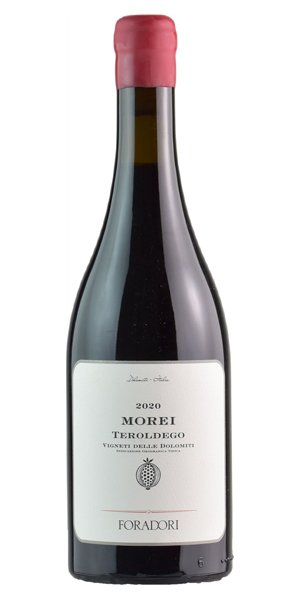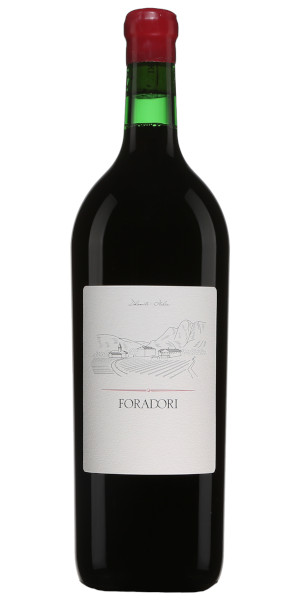Foradori MOREI Teroldego (750ml)
-
Wine Type
Red Wine
-
Size
750ml
-
Vintage
2020
-
Country
Italy
-
Region
Trentino Alto Adige
-
Sub-Region
Dolomiti
-
Grape
Teroldego
-
Farming Method
BiodynamicAll of our products that are tagged with the term Biodynamic are either biodynamic certified or biodynamic practicing. Learn More
-
ABV
12.5%
-
Food Pairing
Spaghetti carbonaraCharcuteriePork
-
Vegan Friendly
Yes
The winery we know today as Foradori was founded in 1901 Northern Italy’s Alto Adige region. It was in 1939 that Vittorio Foradori purchased the winery and began a family run wine estate that is now in its fourth generation. In 1984, Vittorio’s granddaughter, Elisabetta Foradori, after having completed her enological studies, joined the team and completed her first vintage at the family estate. She is widely credited with helping revive the popularity and quality of the Teroldego grape through masal selection. In 2002 the estate began it’s conversion to biodynamic farming and received Demeter status in 2009. In 2012 Elizabetta’s son, Emilio joined his mother in winemaking at the estate. Here in an impressive landscape, surrounded by the Dolomiti mountains, they cultivate native grapes on both alluvial and calcarous clay soils. They produce soulful wines that show purity and freshness, allowing indigenous grapes to shine and express this unique terroir.
Tasting Notes
The nose is intense with pronounced red raspberry, dark plums, baking spice, olives and a hint of sweet smoke. The texture is silky smooth, with soft tannins but with lively acidity providing structure and lift. This wine radiates on the palate and lingers pleasantly on the finish. Teroldego is a natural partner to dishes that contain bacon (or guanciale); try it with a charcuterie plate, porchetta or a creamy carbonara pasta.
Method
Foradori’s “Morei” is made from Teroldego grapes sourced from three different vineyards locations, Vigneto Morei, Campo Rotaliano, Mezzolombardo. Morei means ‘moro’ or ‘dark’ in the Trentino dialect and the grapes cultivated in this vineyard are a firm echo of this. The vines are planted on alluvial soil; the vine roots penetrate the pebbles and the sand in the earth carried by the Noce River, cultivating wines with a texture of minerality and density. The wine sees eight months of skin-contact in amphorae (Tinajas from Villarrobledo, Spain). Their particular shape and the porosity of the clay encourage a very natural process of turning grapes into wine.



Reviews